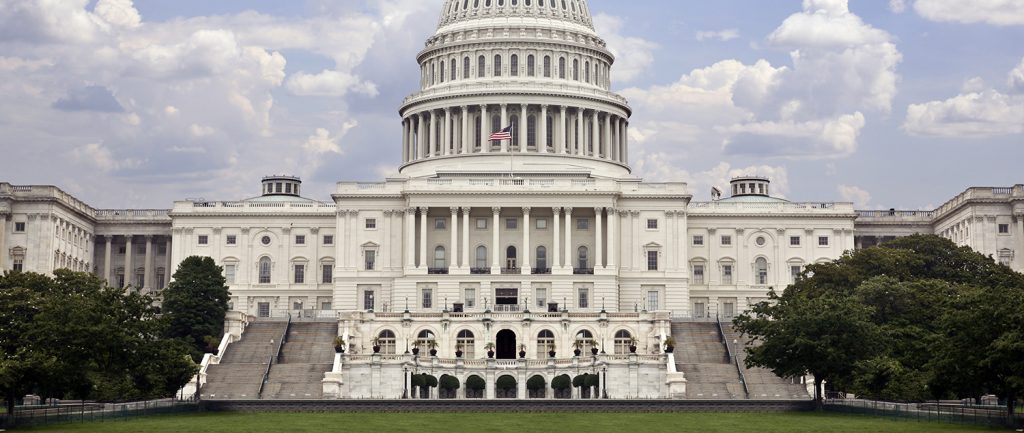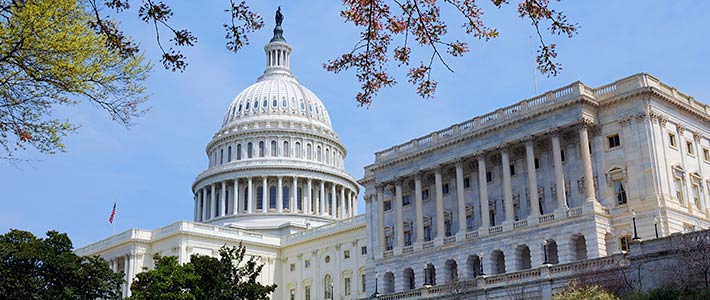The wait for a new farm bill is over. Finally.
After nearly a year of legislative jockeying and infighting, the 2018 Farm Bill was signed into law Thursday by President Donald Trump at a White House signing ceremony.
“We’re here to celebrate a tremendous victory for the American farmer,” said President Trump, who was flanked by U.S. Department of Agriculture (USDA) Secretary Sonny Perdue during the signing ceremony. “We will always stand with the American farmer.”
The president also signaled out Rep. Collin Peterson (D-Minn.) and American Soybean Association (ASA) Chair John Heisdorffer for contributing to the bill’s passage.
The final bill, officially called “The Agriculture Improvement Act of 2018,” totals 807 pages and is projected to cost $867 billion over the course of a decade. The bill includes a House proposal to allow more distant relatives (including first cousins, nieces and nephews) of farm owners to qualify for commodity subsidies. The bill also removed a Senate attempt to further cap payments to wealthier producers. Those earning more than $900,000 a year in adjusted gross income would continue to be eligible for payments, which is current law. The Senate had proposed lowering that to $700,000.
About 76 percent of the 2018 Farm Bill will go toward the Supplemental Nutrition Assistance Program (SNAP), which was a major bone of contention between Republicans and Democrats throughout the farm bill negotiations.
“This is a welcomed finish to a long and arduous process that ultimately provides certainty and a safety net for farmers, while ensuring conservation and nutrition practices,” says Bill Gordon, a Worthington, Minn., farmer and vice president of the American Soybean Association. “We commend President Trump and Congress for working together to find a bipartisan solution to help American farmers and ranchers.”
The federal crop insurance program, which covers about 60 percent of producers premiums and shields against weather-related disasters, is maintained. The crop insurance program costs about $9 billion each year.
Overall conservation funding remained untouched, except for an annual cut of $800 million to a major working-lands initiative known as the Conservation Stewardship Program. Savings from that reduction were directed to improving other programs aimed at encouraging farmers to engage in practices that benefit the environment.
The bill also legalizes industrial hemp, a provision endorsed by Senate Majority Leader Mitch McConnell.
The sweeping package includes a significant bump in funding for a host of local farming initiatives, including more money to assist beginning farmers and ranchers, and the creation of a new urban agriculture office at the U.S. Department of Agriculture.
The bill also increases funding for incentivizing fruit, vegetable and dairy purchases in SNAP; additional resources for rural mental health and expands funding for rural broadband access.
“After a rocky start, I’m just proud to turn a partisan bill into a bipartisan bill,” said Rep. Collin Peterson, a House Agriculture ranking member who recently was elected to another term as Minnesota’s 7th District representative. “That’s the way Congress is supposed to work.”
Tags: Farm Bill



